How To Use Time Lapse On Trail Camera ?
To use time lapse on a trail camera, you will need to access the camera's settings menu and select the time lapse option. From there, you can set the interval at which the camera will take photos, typically ranging from every few seconds to every few minutes. You may also be able to set the duration of the time lapse, which determines how long the camera will continue taking photos.
It is important to note that using time lapse on a trail camera can quickly fill up the camera's memory card, so it is recommended to use a high-capacity card and to regularly check and download the photos to a computer or other device. Additionally, time lapse may not be the best option for capturing wildlife activity, as the camera will be taking photos at set intervals rather than triggered by motion or heat.
1、 Camera Settings for Time Lapse Photography
How to use time lapse on trail camera:
Using time lapse on a trail camera can be a great way to capture a series of images over a set period of time. This feature is particularly useful for monitoring wildlife activity or capturing changes in the environment. Here are the steps to use time lapse on a trail camera:
1. Access the camera settings: Depending on the model of your trail camera, you may need to access the settings through a menu or button on the camera itself.
2. Select time lapse mode: Once you have accessed the camera settings, look for the time lapse mode option. This may be labeled as "interval shooting" or "time interval" depending on the camera.
3. Set the interval: The interval is the amount of time between each photo. This can range from a few seconds to several minutes. Choose an interval that suits your needs and the activity you are trying to capture.
4. Set the duration: The duration is the length of time that the camera will take photos for. This can range from a few hours to several days. Choose a duration that will capture the activity you are interested in.
5. Start the time lapse: Once you have set the interval and duration, start the time lapse and let the camera do the rest.
Camera Settings for Time Lapse Photography:
Time lapse photography is a popular technique for capturing the passage of time in a series of images. To get the best results, it's important to choose the right camera settings. Here are some camera settings for time lapse photography:
1. Shutter speed: Choose a slow shutter speed to capture motion blur and create a smooth, flowing effect in your time lapse.
2. Aperture: Use a small aperture to create a deep depth of field and keep everything in focus.
3. ISO: Use a low ISO to reduce noise and maintain image quality.
4. White balance: Set the white balance manually to ensure consistent color temperature throughout the time lapse.
5. Interval: Choose an interval that suits the activity you are trying to capture. A shorter interval will create a faster time lapse, while a longer interval will create a slower time lapse.
6. Duration: Choose a duration that will capture the activity you are interested in. A shorter duration will create a shorter time lapse, while a longer duration will create a longer time lapse.
7. Tripod: Use a tripod to keep the camera steady and avoid camera shake.
In conclusion, using time lapse on a trail camera or for photography can be a great way to capture the passage of time and monitor wildlife activity or changes in the environment. By choosing the right camera settings, you can create stunning time lapses that capture the beauty of nature.
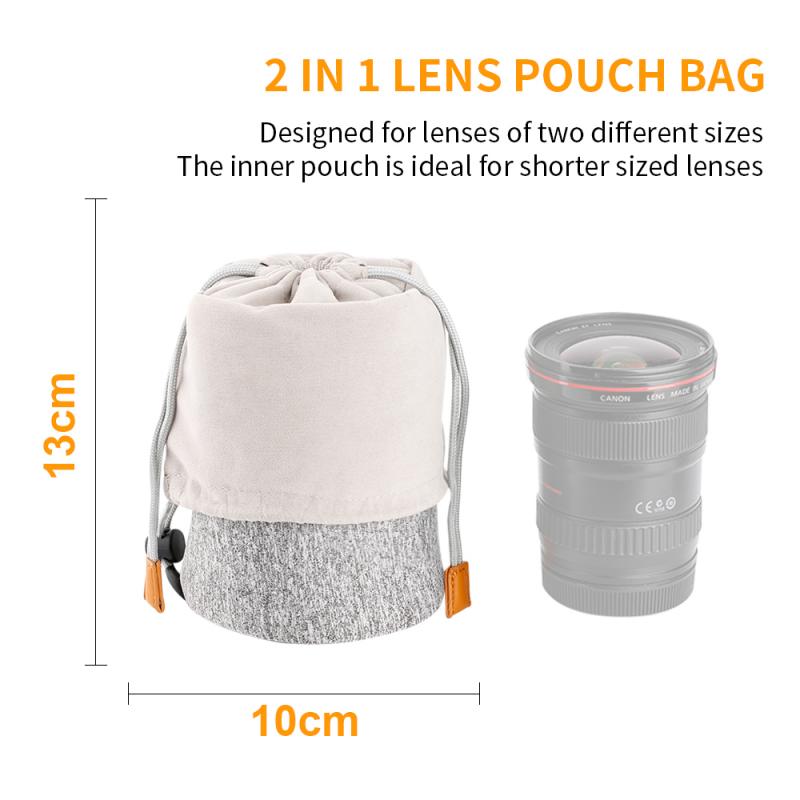
2、 Choosing the Right Interval for Time Lapse
How to Use Time Lapse on Trail Camera:
Using time lapse on a trail camera can be a great way to capture a wide range of activity in a specific area over a period of time. To use time lapse on a trail camera, you will need to first set up your camera in the desired location and then access the camera's settings to enable the time lapse feature. Once enabled, you can choose the interval at which the camera will take photos, typically ranging from every 5 seconds to every 60 minutes. It is important to note that using time lapse will drain the camera's battery faster than normal, so be sure to have extra batteries on hand.
Choosing the Right Interval for Time Lapse:
Choosing the right interval for time lapse on a trail camera depends on what you are trying to capture. If you want to capture a lot of activity in a short amount of time, a shorter interval, such as every 5 or 10 seconds, may be best. However, if you want to capture changes in the environment over a longer period of time, a longer interval, such as every 30 minutes or hour, may be more appropriate. It is also important to consider the amount of storage space on your camera's memory card, as shorter intervals will result in more photos and require more storage space.
The latest point of view on using time lapse on trail cameras is that it can be a valuable tool for wildlife research and monitoring. By capturing a wide range of activity over a period of time, researchers can gain insights into animal behavior, migration patterns, and habitat use. Additionally, time lapse can be used to monitor changes in the environment, such as vegetation growth or erosion, which can inform conservation efforts. Overall, using time lapse on trail cameras can provide a unique and valuable perspective on the natural world.

3、 Positioning Your Trail Camera for Time Lapse
Positioning Your Trail Camera for Time Lapse:
To use time lapse on a trail camera, it is important to position the camera in the right location. The first step is to choose a location that is likely to have a lot of activity. This could be a game trail, a feeding area, or a water source. Once you have chosen a location, it is important to position the camera at the right height and angle. The camera should be mounted securely to a tree or other stable object, and should be angled downward slightly to capture the activity on the ground.
It is also important to set the time lapse interval correctly. This will depend on the amount of activity in the area and the length of time you want to capture. A shorter interval, such as 10 or 15 seconds, will capture more activity but will result in a shorter video. A longer interval, such as 30 or 60 seconds, will capture less activity but will result in a longer video.
Finally, it is important to check the camera regularly to ensure that it is still functioning properly and that the batteries are not running low. Some trail cameras also have the option to send images or videos to your phone or email, which can be a convenient way to monitor the activity in the area.
In recent years, trail cameras have become increasingly popular among hunters, wildlife enthusiasts, and researchers. Time lapse photography is a great way to capture the activity in an area over a period of time, and can provide valuable insights into the behavior of animals and other wildlife. With the right positioning and settings, a trail camera can capture stunning time lapse videos that are both informative and entertaining.
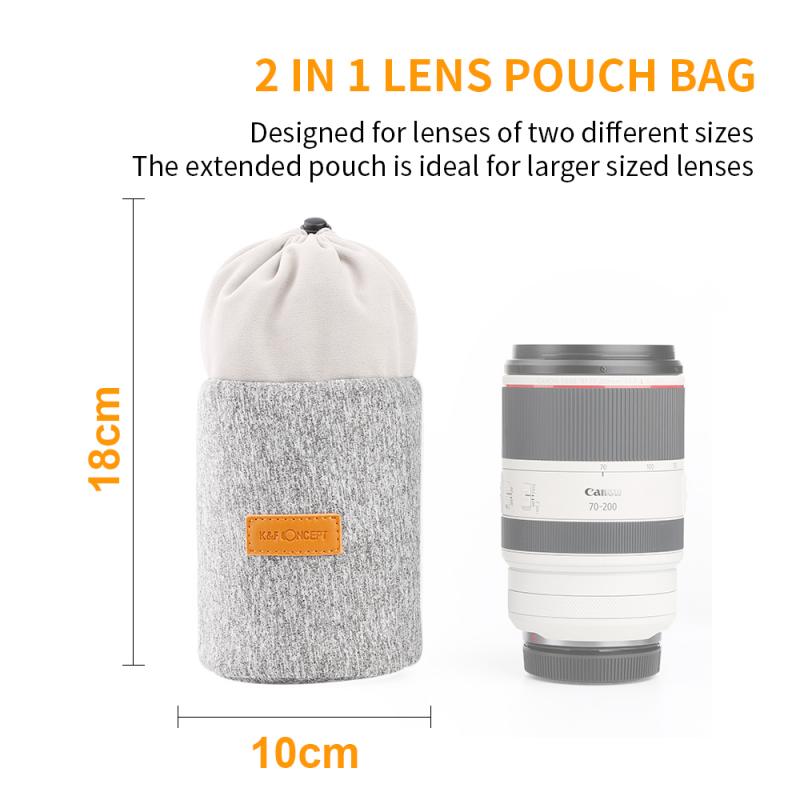
4、 Editing and Compiling Time Lapse Footage
How to use time lapse on trail camera:
Using time lapse on a trail camera can be a great way to capture a lot of footage over an extended period of time. To use time lapse on a trail camera, you will need to first set up your camera in a location where you want to capture footage. Once you have your camera set up, you can then go into the settings and select the time lapse option. From there, you can set the interval at which the camera will take photos, as well as the duration of the time lapse.
It's important to note that using time lapse on a trail camera can quickly fill up your memory card, so it's a good idea to have a large capacity card or to check on the camera regularly to download footage and clear space.
Editing and Compiling Time Lapse Footage:
Once you have captured your time lapse footage, you can then edit and compile it into a video. There are many software options available for editing time lapse footage, including Adobe Premiere Pro, Final Cut Pro, and Time-Lapse Tool. These programs allow you to adjust the speed of the footage, add music or sound effects, and make other edits to create a polished final product.
It's important to keep in mind that time lapse footage can be quite long, so it's a good idea to select the best moments and condense the footage into a shorter video. This will make it more engaging for viewers and help to highlight the most interesting parts of the footage.
In conclusion, using time lapse on a trail camera can be a great way to capture footage over an extended period of time. Editing and compiling the footage can also be a fun and creative process, allowing you to create a unique and engaging video.
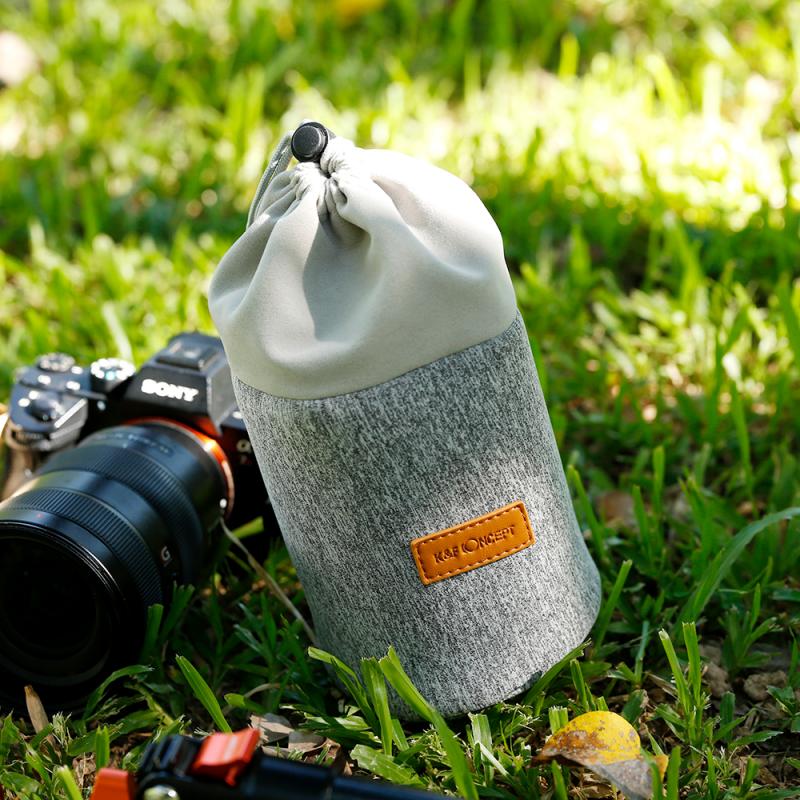




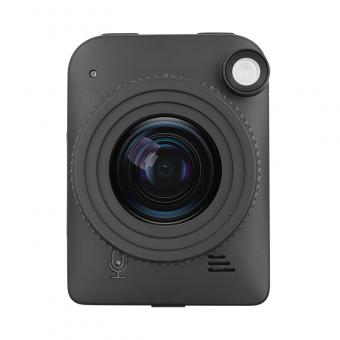
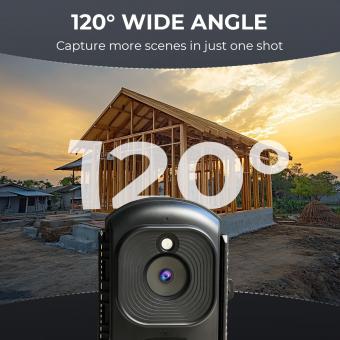



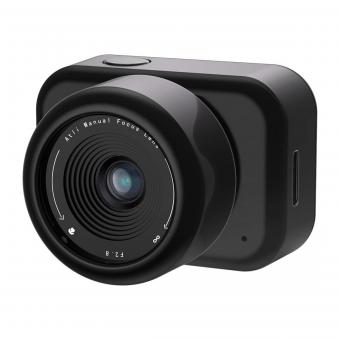
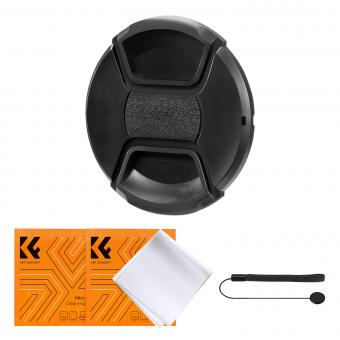


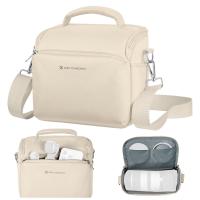
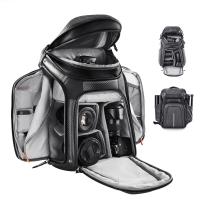
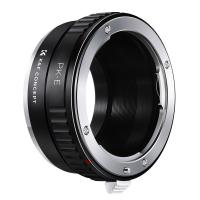




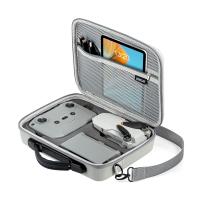



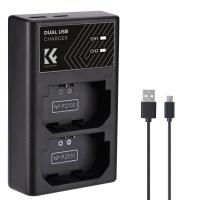
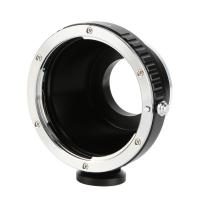


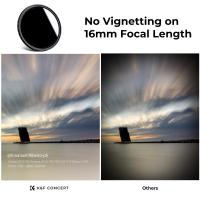

There are no comments for this blog.